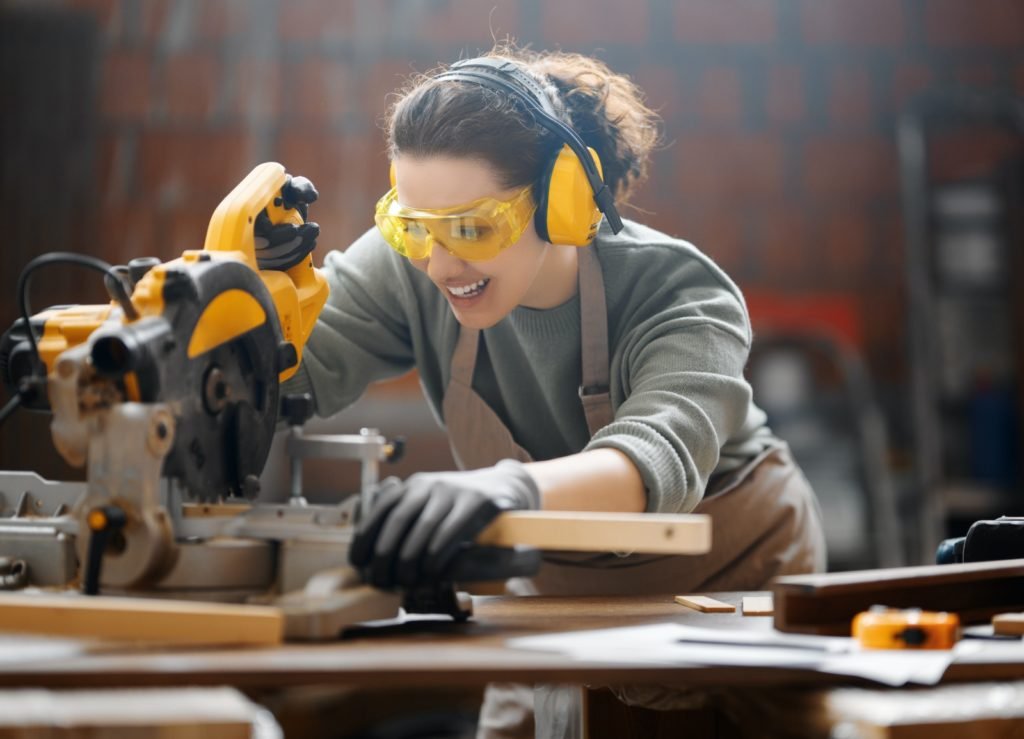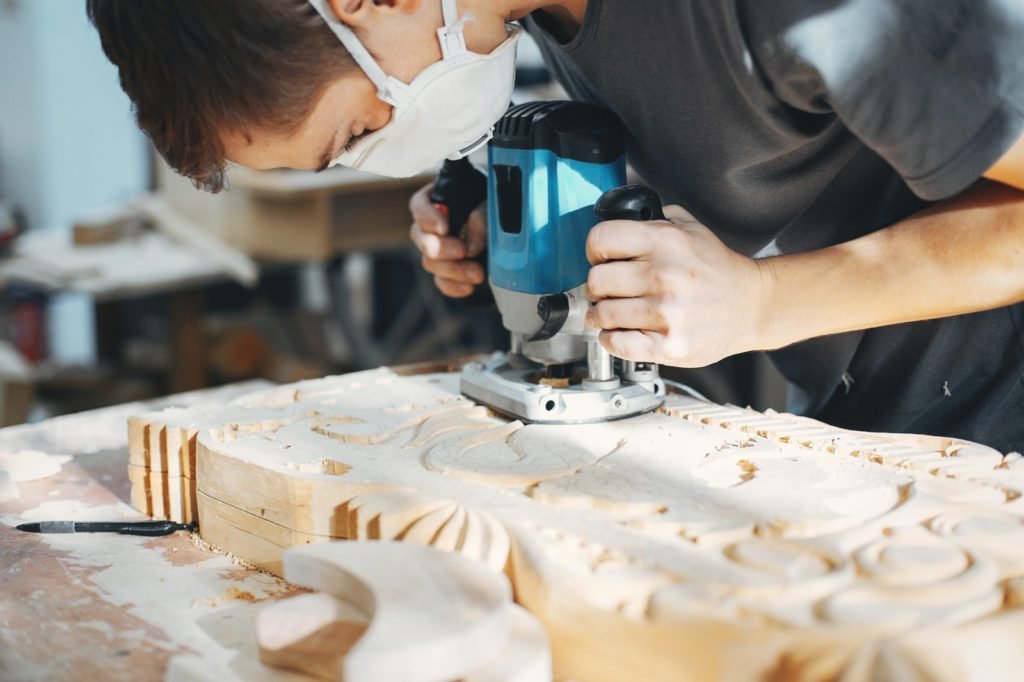Introduction: Explore the evolution of carpentry over time, from ancient woodworking traditions to modern innovations in materials, tools, and techniques. Discuss how advancements in technology and changing societal needs have influenced the practice of carpentry.
Historical Overview:
- Provide a brief history of carpentry, tracing its origins back to ancient civilizations and its development through the Middle Ages, Renaissance, and Industrial Revolution.
- Highlight key milestones in carpentry history, such as the invention of power tools, the rise of mass production, and the emergence of sustainable building practices.
Modern Techniques and Tools:
- Explore modern carpentry techniques and tools, including CNC (computer numerical control) machines, laser cutting, and 3D printing.
- Discuss how these technologies have revolutionized the carpentry industry, enabling greater precision, efficiency, and customization in woodworking projects.
Trends in Carpentry Design:
- Identify current trends in carpentry design, such as minimalist aesthetics, sustainable materials, and multifunctional furniture.
- Showcase examples of contemporary carpentry projects that exemplify these trends, from eco-friendly homes to innovative space-saving solutions.
Innovations in Sustainable Carpentry:
- Highlight recent innovations in sustainable carpentry, such as the use of reclaimed wood, bamboo, and recycled materials in building and furniture construction.
- Discuss the growing popularity of green building certifications and eco-conscious design principles in modern carpentry practices.
Future Outlook:
- Speculate on the future of carpentry and woodworking, considering emerging technologies like augmented reality (AR), robotic automation, and biomimicry.
- Discuss how carpenters and craftsmen can adapt to changing trends and embrace innovation while preserving traditional skills and craftsmanship.
Conclusion: Reflect on the evolution of carpentry as a dynamic and evolving discipline that continues to shape the built environment. Emphasize the importance of embracing modern techniques and trends while honoring the timeless artistry of woodworking.




